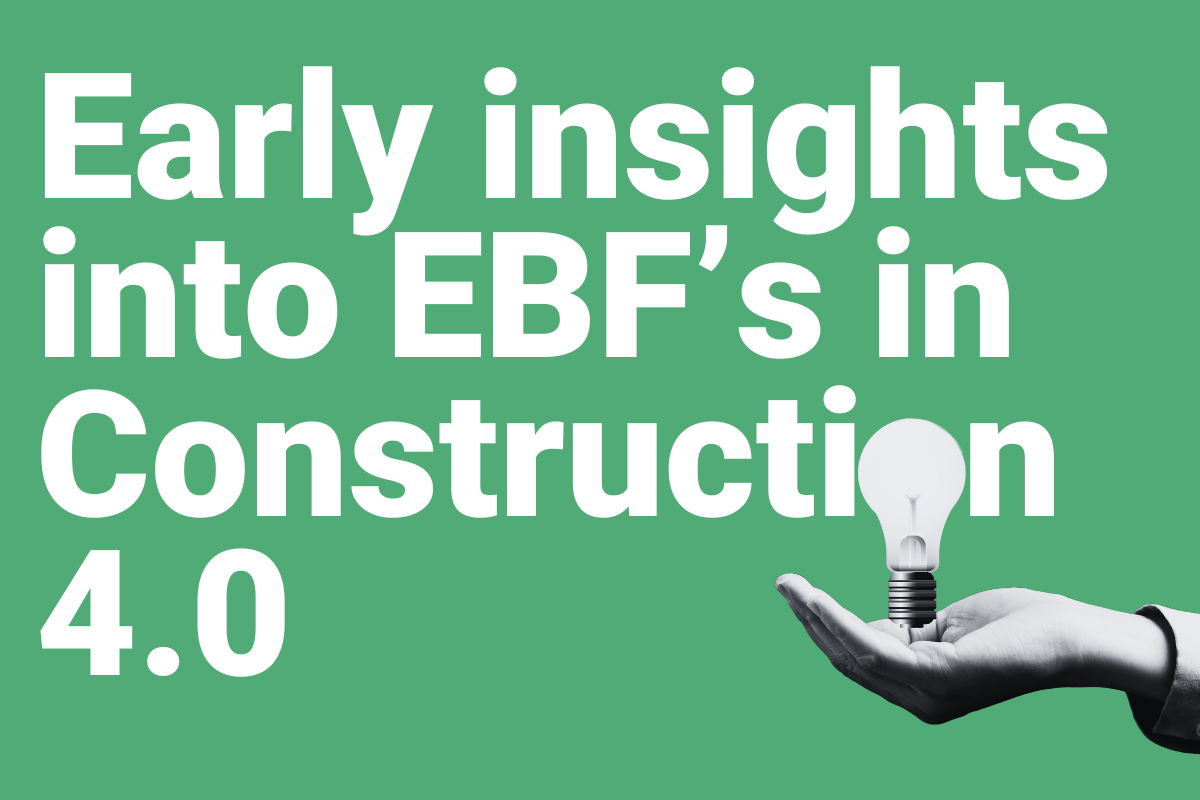Your cart is currently empty!


Early insights into reusable EBF in Construction 4.0
As part of HERA’s pioneering rangahau (research) focused on advancing sustainable construction through circular design within our Construction 4.0 Endeavour Project, a cutting-edge reusable EBF is being developed to revolutionise how buildings withstand earthquakes and reduce their environmental footprint.
In our tūhuratanga (investigation) we began by evaluating the seismic performance of an eight-storey EBF system using advanced numerical simulations with ABAQUS software. We then compared the environmental impact of the reusable EBF system to existing non-reusable frames, considering factors like embodied carbon emissions.
An overview of the whakarārangi tuatahi (preliminary assessment)
For our case study, we selected an eight-storey EBF, previously assessed in the HERA Report P4001 (see Figure 1). We examined three distinct EBF systems:
- the traditional EBF (T-EBF) with continuous collector beam;
- the low-damage EBF with replaceable active link (NR-EBF); and
- a fully reusable EBF (R-EBF). D




Our analysis focused on key seismic aspects like equivalent plastic strain (PEEQ), von Mises stress, and key characteristics of cyclic behaviour (such as the onset of yielding and plastic drift ratios, initial modulus, and maximum applied load). A comparative whakamārama (analysis) was then carried out to quantify the dissipated pūngao (energy) of each studied EBF system.
Our numerical results show that the reusable EBF meets seismic performance requirements for structures exposed to moderate to severe impacts of Mataaoho (the personification of earthquakes in te ao Māori). Further rangahau is necessary to investigate the details of the proposed system and how Mātaaoho and his relationship to other natural phenomena and construction may impact EBFs further.
To evaluate the environmental impacts of each studied EBF system, we considered two different scenarios: one where the whakapapa of tīra (steel) is traced in an existing building so that te kauwhata tīra (the steel frame) can be recycled at the end of the buildings lifecycle, and another where te kauwhata (the frame) is designed for reuse in alternate future structures. In this case, te kauwhata tīra is integrated into a building explicitly designed for disassembly, to ensure its potential for repurposing.
Our preliminary findings indicate that the hoahoa (design) of a reusable kauwhata (frame) could cut embodied emissions by almost half compared to a non-reusable EBF, with the added advantage being even more significant when ngā kauwhata (the frames) are reused multiple times.
Interested to know more?
Please get in touch with our Circular Design Project Lead – General Manager Structural Systems, Kaveh Andisheh.
Whakamihi (Acknowledgement)
HERA is grateful to Hīkina Whakatutuki – The Ministry of Business, Innovation and Employment (MBIE) who awarded Endeavour funding in support of our rangahau program “Developing a Construction 4.0 transformation of Aotearoa New Zealand’s construction sector,” in the 2022 funding cycle.
Māori references use the Waikato-Tainui meta (dialect) in acknowledgement of HERA being located in the rohe of Manukau, Tāmaki Makaurau (Auckland). Our use of te reo Māori (the Māori language) is intentional as part of our commitment to Vision Mātauranga.


